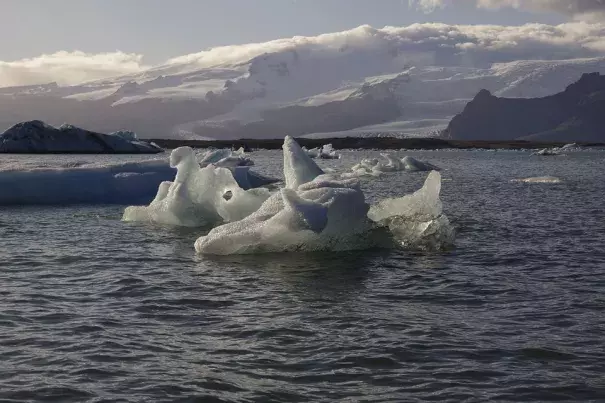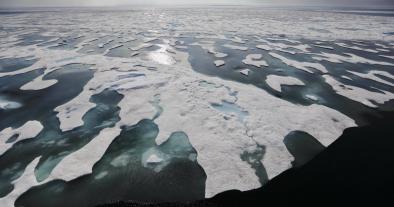Headline
Unusual storm pushes North Pole temperatures 40 F above average
Greenland
While the unusually high Arctic temperatures were what meteorologists refer to as a day-to-day weather event, the conditions that fostered it are long term and ongoing — namely, El Niño and warming oceans — as a result of climate change, according to scientists.

rctic winter temperatures have risen 1 to 2 degrees Celsius above freezing – an extremely rare occurrence. Credit: Pixabay
A storm system has carried unusually warm air into the Arctic, raising temperatures near the North Pole in the last two days to about 40 degrees Fahrenheit above average.
While the unusually high Arctic temperatures were what meteorologists refer to as a day-to-day weather event, the conditions that fostered it are long term and ongoing — namely, El Niño and warming oceans — as a result of climate change, according to scientists. Warmer ocean temperatures have supercharged weather events by providing extra energy to the atmosphere, making it warmer and moister. That has contributed to severe weather events witnessed in the southern U.S., which has experienced a spate of winter tornadoes, storms and flooding.
Related Content
Science Source
| World Weather Attribution
Unusually high temperatures at the North Pole, winter 2016
Science Source
| Geophysical Research Letters
Accelerated increase in the Arctic tropospheric warming events surpassing stratospheric warming events during winter
S.‐Y. Simon Wang, Yen‐Heng Lin, Ming‐Ying Lee et al
Science Source
| Bulletin of the American Meteorological Society
EEE 2016: CMIP5 Model-based Assessment of Anthropogenic Influence on Highly Anomalous Arctic Warmth During November–December 2016
Jonghun Kam, Thomas R. Knutson, Fanrong Zeng et al
Headline

Dec 12, 2017 | Mother Jones
The Arctic is warming faster than at any point in the past 1,500 years


